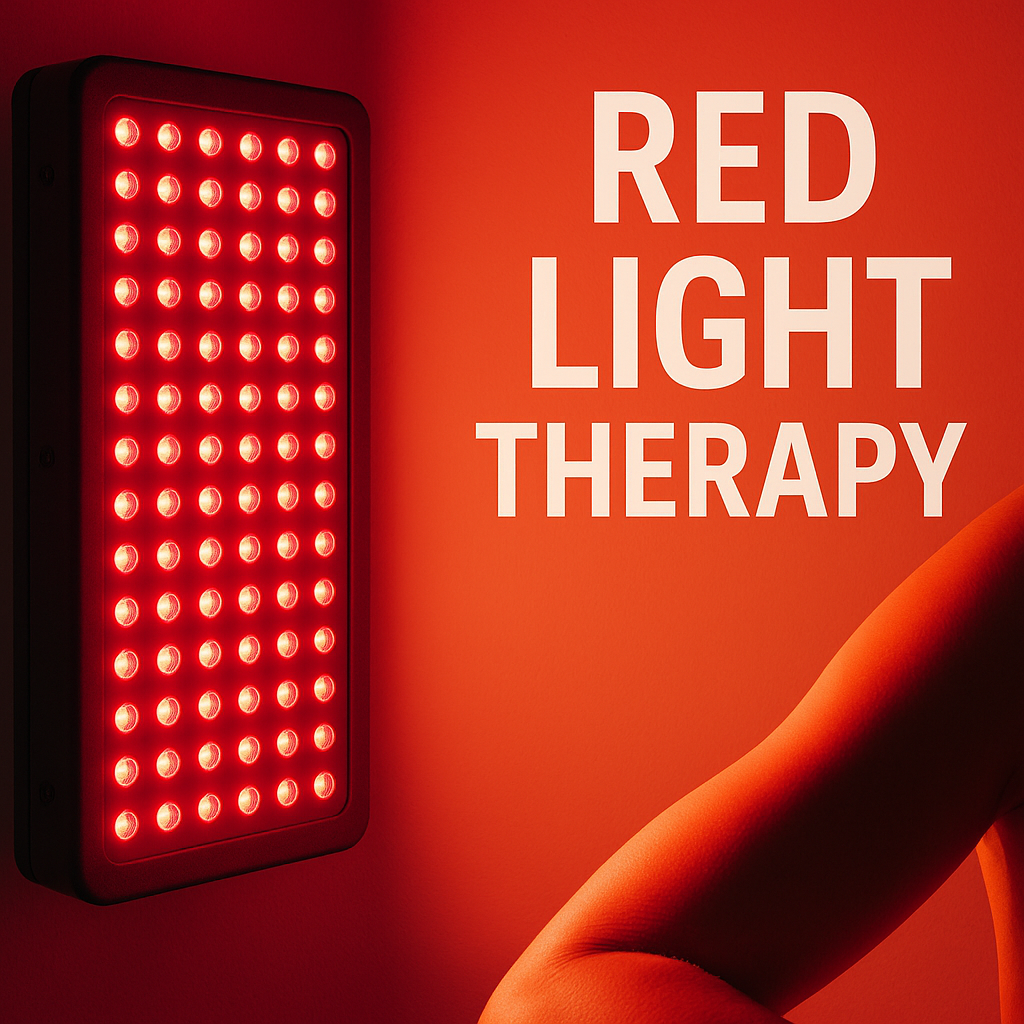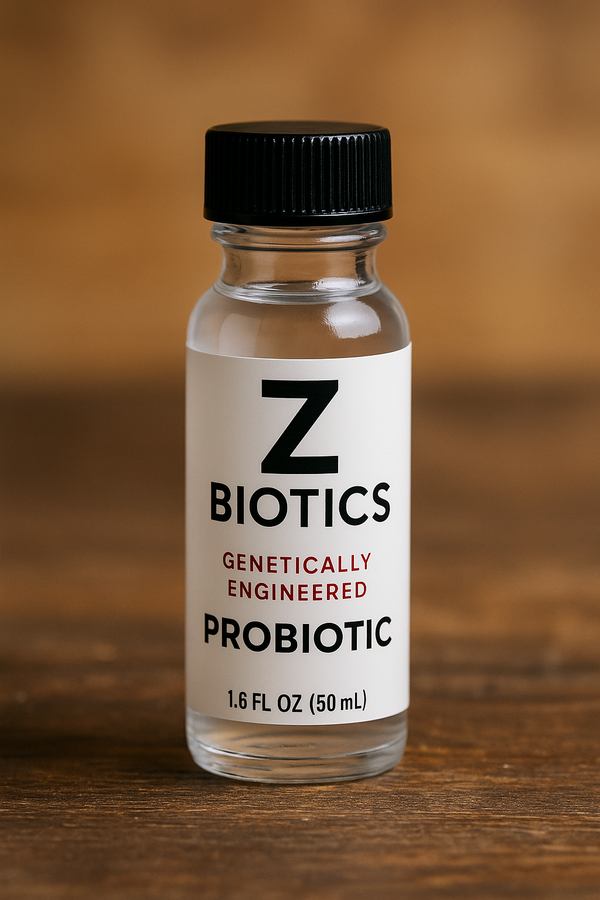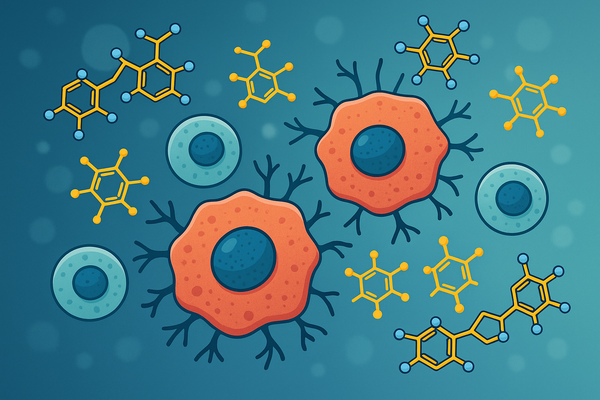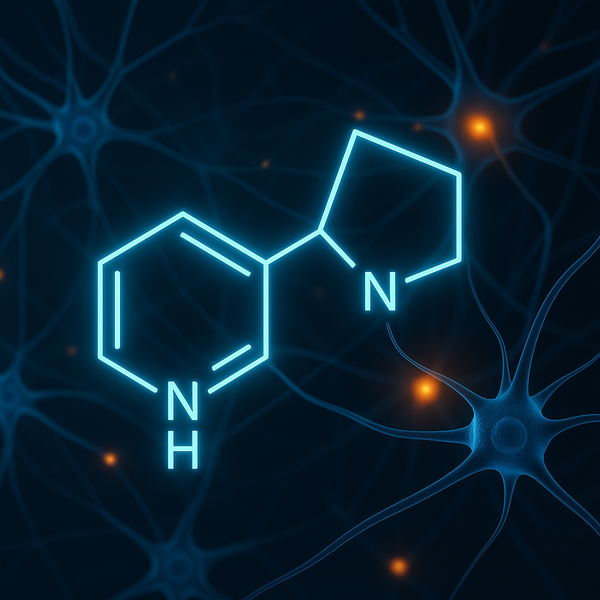Red Light Therapy: Illuminating the Science of Cellular Healing and Longevity

Red light therapy has evolved from a niche biohacking tool to a mainstream wellness practice, praised for its wide range of benefits — from faster muscle recovery and youthful skin to improved energy and resilience. But behind the glowing lights and marketing claims lies real science rooted in mitochondrial biology. Understanding how this therapy works can reveal why so many people are using it as part of their longevity and recovery routines.
The Science Behind Red Light Therapy
Red light therapy (RLT) uses specific wavelengths of light, typically between 600–700 nm (red) and 800–900 nm (near-infrared), which penetrate the skin and interact directly with mitochondria — the energy factories of your cells.
These wavelengths are absorbed by an enzyme called cytochrome c oxidase, a key player in the mitochondrial electron transport chain. When stimulated by light, it becomes more efficient, increasing ATP (adenosine triphosphate) production — the body’s core energy molecule.
Think of it as charging your cells’ batteries: when mitochondria perform better, everything from recovery to focus and metabolism improves.
Mitochondrial Support and Anti-Inflammatory Effects
Beyond boosting cellular energy, red light therapy influences inflammation and oxidative stress. Research shows that enhanced mitochondrial function activates antioxidant genes while suppressing pro-inflammatory cytokines — helping the body maintain balance and heal more effectively.
NASA first explored this technology in the 1990s to help astronauts heal wounds faster in microgravity, where tissue repair slows. Today, it’s used in clinics and homes alike to support recovery and reduce chronic inflammation — two pillars of healthy aging.
Skin Health, Muscle Recovery, and Hormone Regulation
Clinical studies highlight a variety of benefits:
- Skin health: Stimulates collagen production, reduces fine lines, and improves elasticity.
- Muscle recovery: Decreases soreness and speeds tissue repair after intense exercise.
- Hormonal balance: Near-infrared light may support testosterone levels in men and aid thyroid function in those with low activity.
By supporting both energy production and tissue repair, red light therapy offers a versatile, non-invasive approach to health optimization.
Red Light Therapy and Longevity
Because mitochondrial decline and inflammation drive much of the aging process, red light therapy’s ability to improve both may translate to better longevity outcomes. Consistent exposure can strengthen cellular resilience, enhance energy metabolism, and promote tissue regeneration over time.
While it’s not a magic bullet, its cumulative benefits make it one of the most practical, low-risk tools in the modern longevity toolkit.
Red light therapy blends ancient healing wisdom with modern biophysics. Its ability to boost energy, improve recovery, and reduce inflammation makes it one of the most promising practices for sustaining long-term vitality. For most people, it’s an accessible way to invest in cellular health — the foundation of a longer, stronger life.
If you have light sensitivity or take photosensitizing medications, consult a healthcare professional before starting. Otherwise, this gentle, energy-enhancing practice may be one of the simplest longevity habits worth keeping.
Sources
- Hamblin MR. “Mechanisms and applications of the anti-inflammatory effects of photobiomodulation.” AIMS Biophysics, 2017.
- Chung H. et al. “The nuts and bolts of low-level laser (light) therapy.” Annals of Biomedical Engineering, 2012.
- de Freitas LF, Hamblin MR. “Proposed mechanisms of photobiomodulation or low-level light therapy.” IEEE Journal of Selected Topics in Quantum Electronics, 2016.
- Barolet D, et al. “Light-emitting diodes (LEDs) in dermatology.” Seminars in Cutaneous Medicine and Surgery, 2008.



